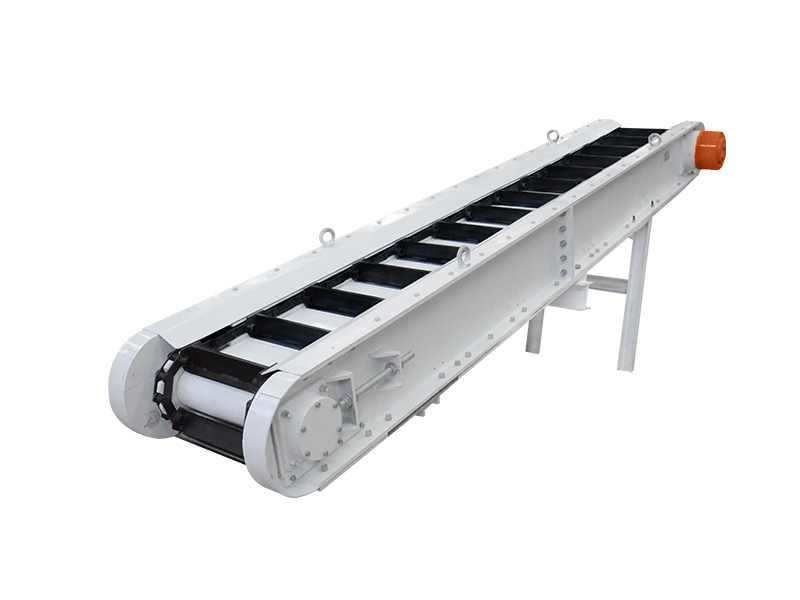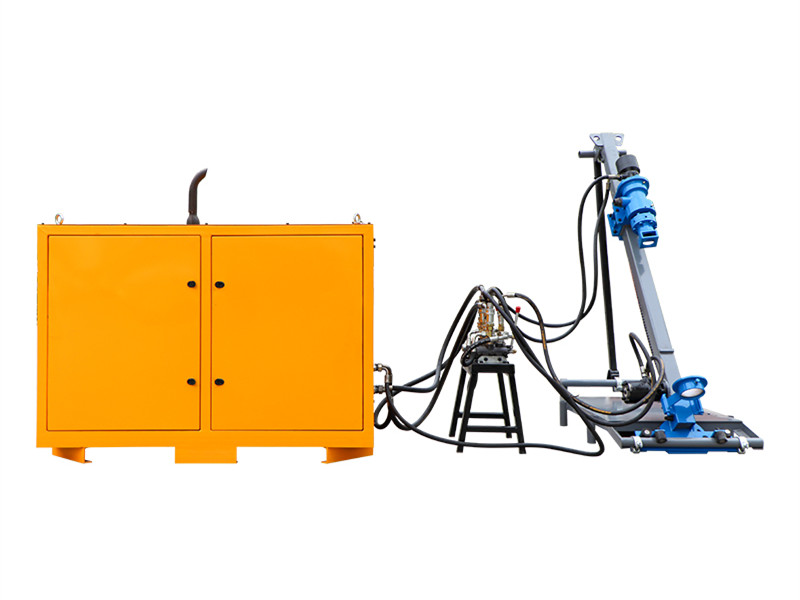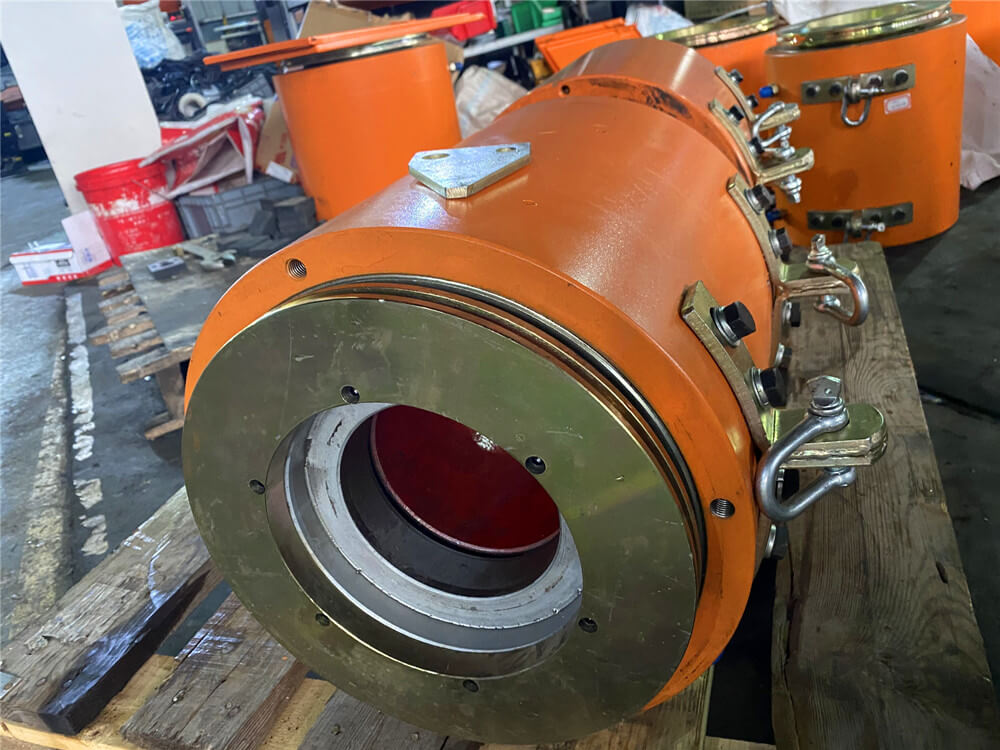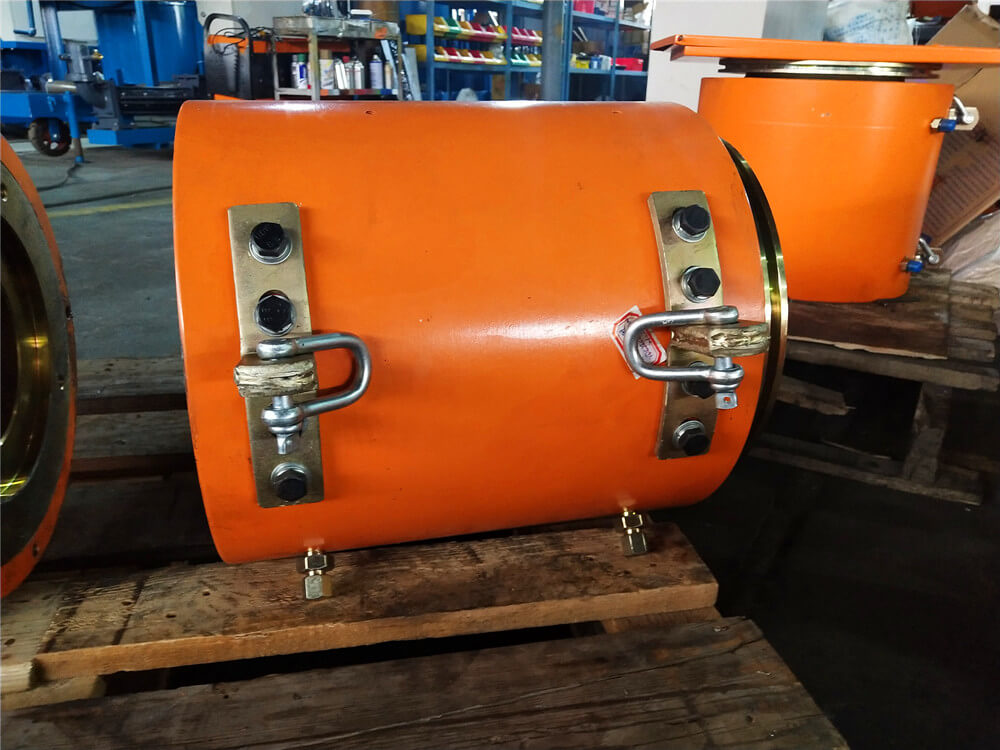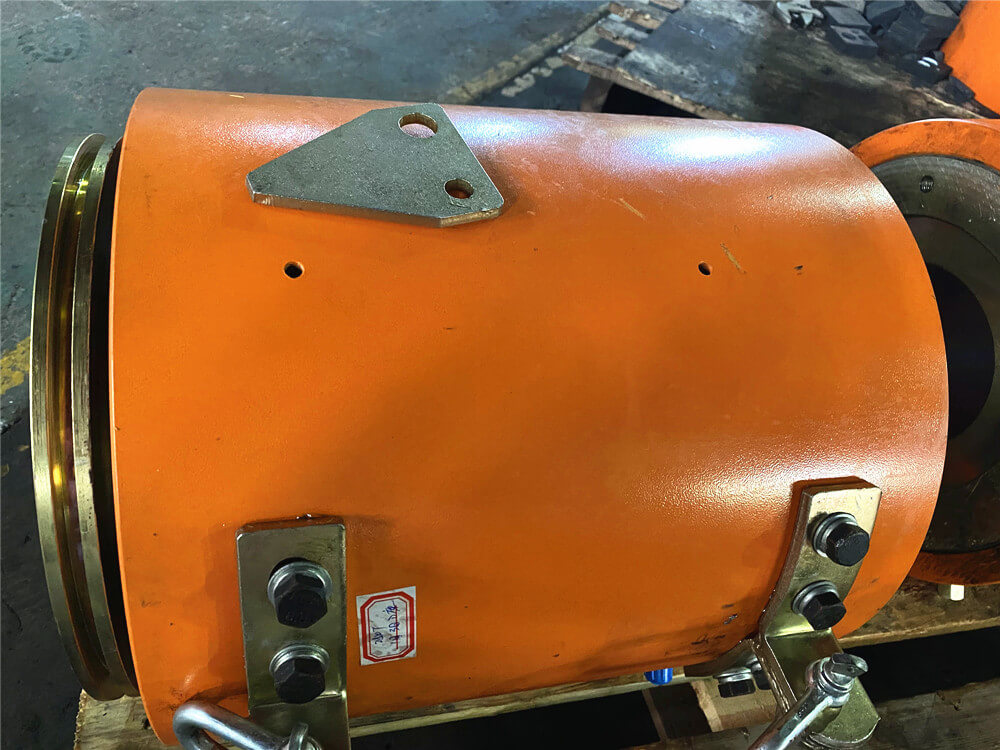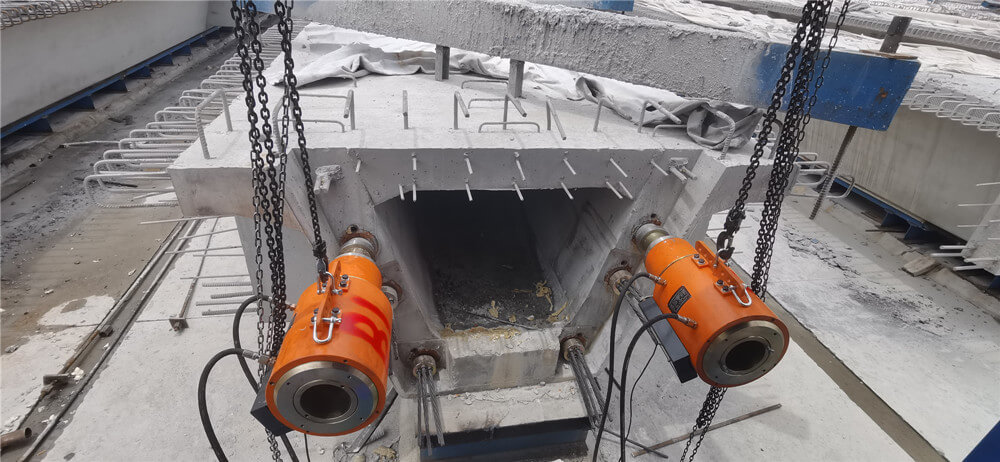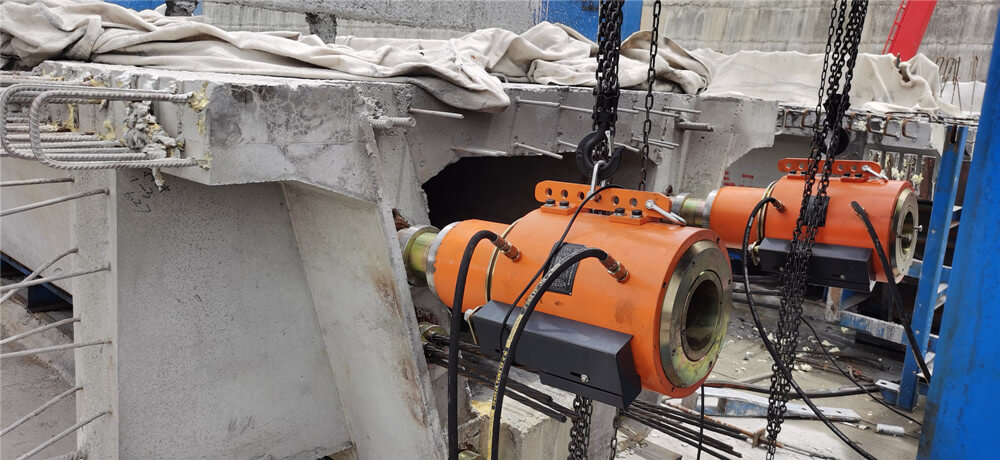How many steps are there in the use of large-tonnage hydraulic cylinders?
1. Before use, you must check whether all parts are normal, mainly check whether there is oil leakage in the piston, joints, high-pressure hoses, etc.2. When using, you should strictly abide by the provisions in the main parameters, and avoid over-height and overloading. Otherwise, when the lifting height or lifting tonnage exceeds the regulations, serious oil leakage will occur at the top of the hydraulic cylinder.
3. If the oil volume in the manual hydraulic pump is insufficient, you must first add fully filtered hydraulic oil to the pump before it can work.
4. The selection of heavy objects should be moderate, and the focus point of the hydraulic cylinder should be reasonably selected. The bottom surface should be leveled. At the same time, the soft and hard conditions of the ground should be considered, whether to pad tough wood, and whether it is placed stably to avoid sinking or tilting under load.
5. After the hydrauliccylinder lifts the heavy object, the heavy object should be supported firmly with a support in time.
6. If several hydraulic cylinders are required to lift at the same time, in addition to correctly placing the hydraulic cylinders, it is also necessary to pay attention to the balanced load of each hydraulic cylinder, and pay attention to keeping the lifting speed synchronized to prevent the lifted object from tilting and causing danger.
7. When using a hydraulic cylinder, first place the hydraulic cylinder, then tighten the drain screw on the hydraulic pump, and it can work. To lower the piston rod, slightly loosen the handwheel of the manual hydraulic pump in a counterclockwise direction, unload the hydraulic cylinder, and the piston rod will gradually drop. Otherwise, the descent speed is too fast and it will be dangerous.
8. The separate hydraulic cylinder adopts a spring reset structure. After lifting, it can be quickly removed, but the connected hose cannot be used to pull the hydraulic cylinder.
9. Because the lifting stroke of the hydraulic cylinder is small, it must not exceed the rated stroke during use to avoid damaging the hydraulic cylinder.
10. Avoid violent vibration of the hydraulic cylinder during use (such as hitting the workpiece with a hammer when the hydraulic cylinder is loaded).
How to construct the large-tonnage hydraulic cylinder prestressed beam across the railway?
1. Construction process: The construction process of prestressed concrete box beam across the railway is: prefabrication site preparation - formwork, tie steel bars - prefabricate box beam - tension prestressed tendons - pipe grouting - push box beam - push in place - drop beam and change support - main beam cast-in-place construction - main beam longitudinal tension.2. Construction plan: According to the characteristics of the project and the geographical location, the box beam prefabrication pedestal is divided into two parts: a strip fixed slide and a sand bottom mold for construction. This type of slide can withstand all-directional forces well, and the elevation is easy to control and it is also very convenient to dismantle. During construction, the main beam is first compacted at the corresponding position of the abutment tail, and then the reinforced concrete strip fixed slide base is cast on the main beam longitudinal rib position. Medium and coarse sand is used to fill the gap between the slides with mechanical compaction, and mortar is applied on the top surface as the box beam prefabrication bottom mold. To ensure that the reaction force can be evenly distributed when the box girder is pushed, three full-length slideways are set on the beam-making pedestal, abutment position, temporary pier top and rack.
What is the application of large-tonnage hydraulic cylinders in machine tools?
The machine tool is a special hydraulic cylinder. The two end surfaces of the hydraulic cylinder are processed, and the left and right power heads installed on the power slide are used for cutting at the same time. The fast forward, working forward and fast reverse of the power head are driven by the hydraulic cylinder. The hydraulic system is controlled by a two-position four-way solenoid valve, and the position control is achieved by adjusting the dead stop iron method.The main structure of the hydraulic cylinder hydraulic cylinder processing special machine tool design is the workpiece table, which is the part for loading and unloading workpieces. When the workpiece is in the position to be processed, it is first positioned and clamped by the positioning hydraulic cylinder, and the workpiece is in a fixed state, so that high-precision processing can be performed; the power head is driven by the power head motor, which can complete the cutting movement and feeding movement at the same time. In the hydraulic system, the power head mainly completes the cutting movement, and the feeding movement is mainly realized by the hydraulic slide; the hydraulic slide is mainly controlled by the oil pump motor to complete the feeding movement of the two power heads, that is, fast forward, working forward and fast reverse. Its reversing is mainly achieved by changing the pressure oil circuit with the solenoid valve, because the hydraulic system can easily perform stepless speed regulation, the forward and reverse directions are stable, the impact force is small, and it is convenient for frequent reversing. It can be matched with the electrical control system.
If you want to buy a large-tonnage hydraulic cylinder, please contact us directly, email: sales1@leadcrete.com


.jpg)
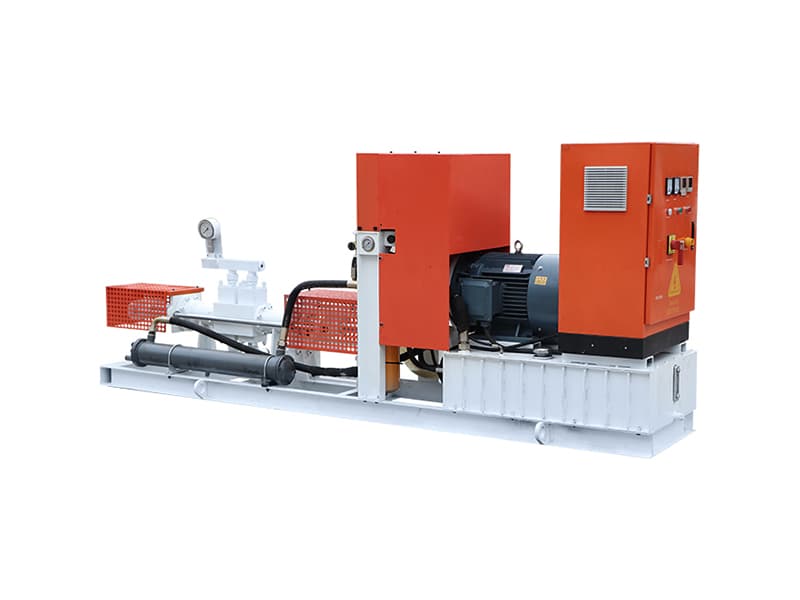
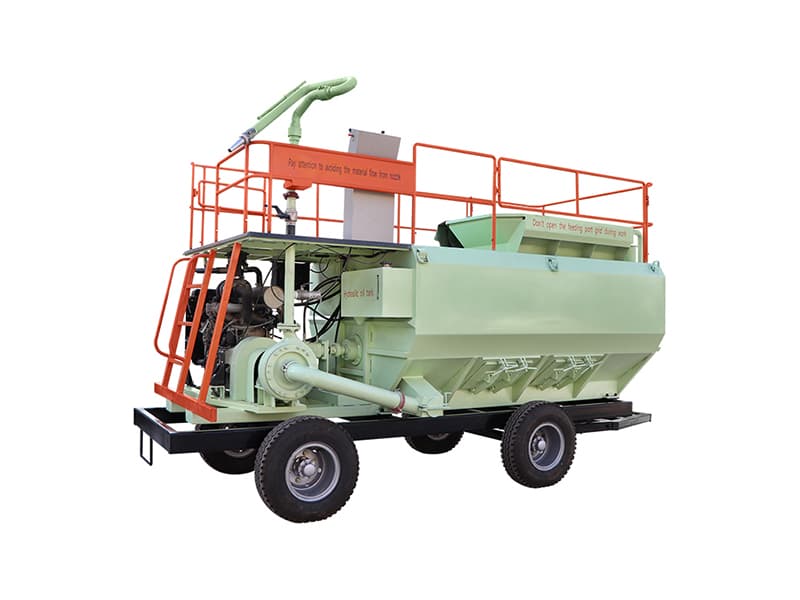
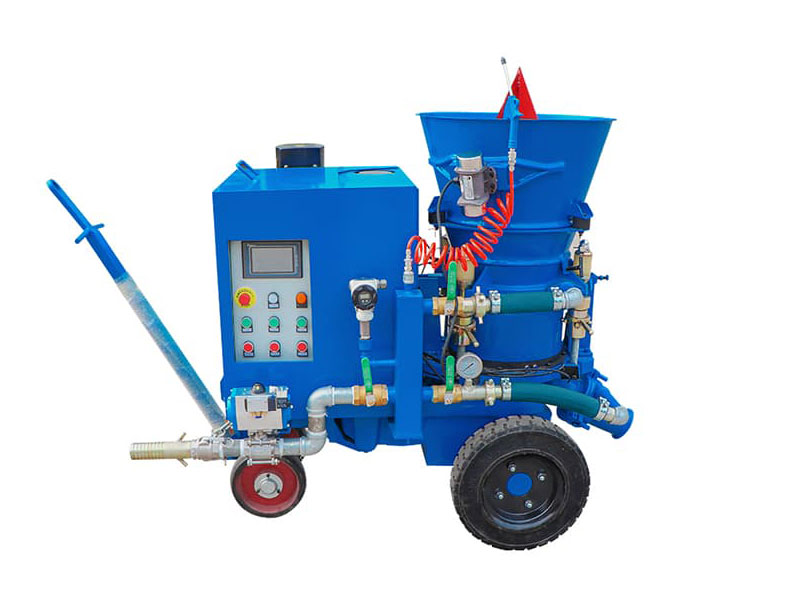

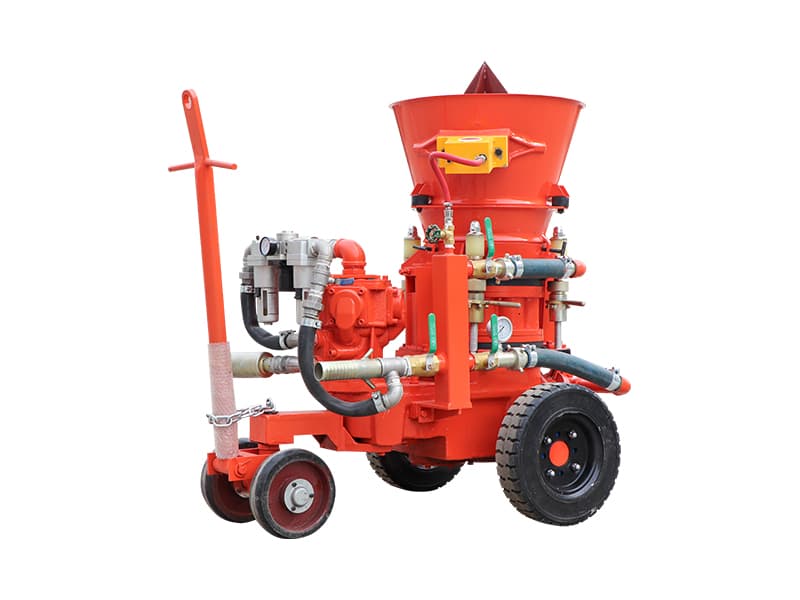
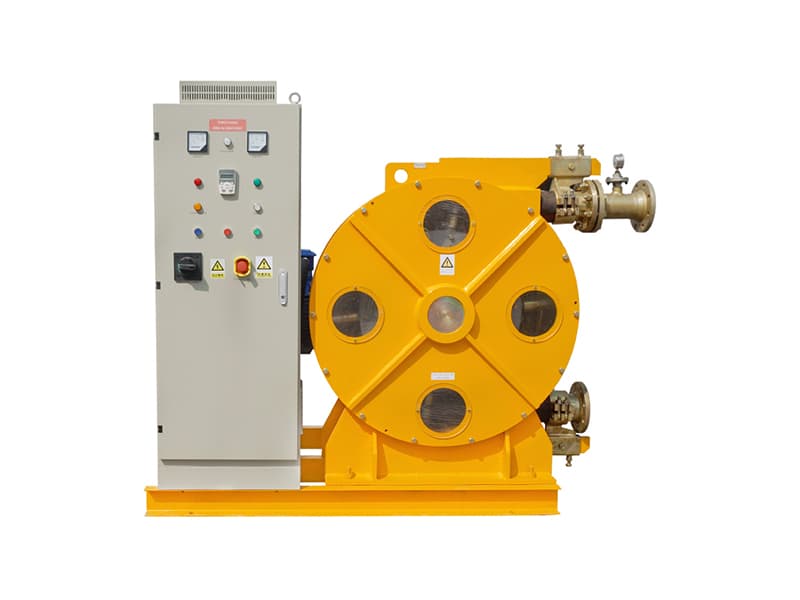
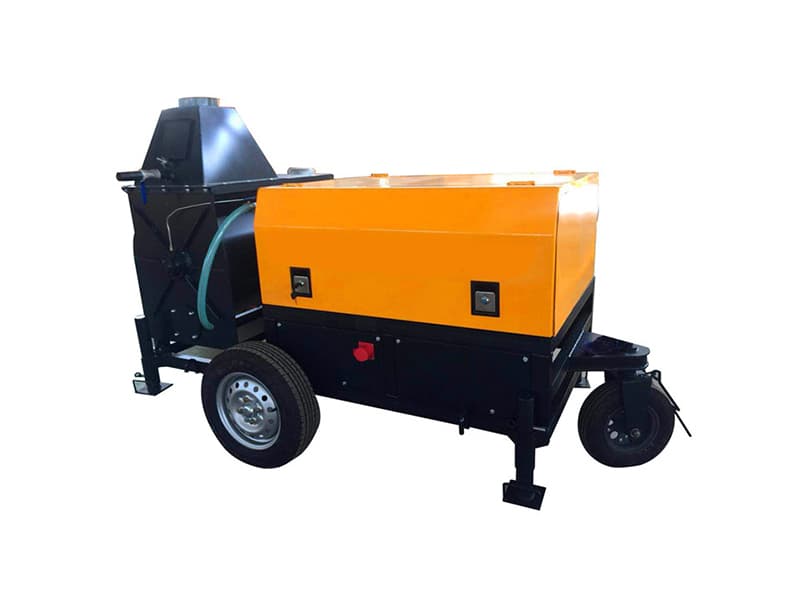
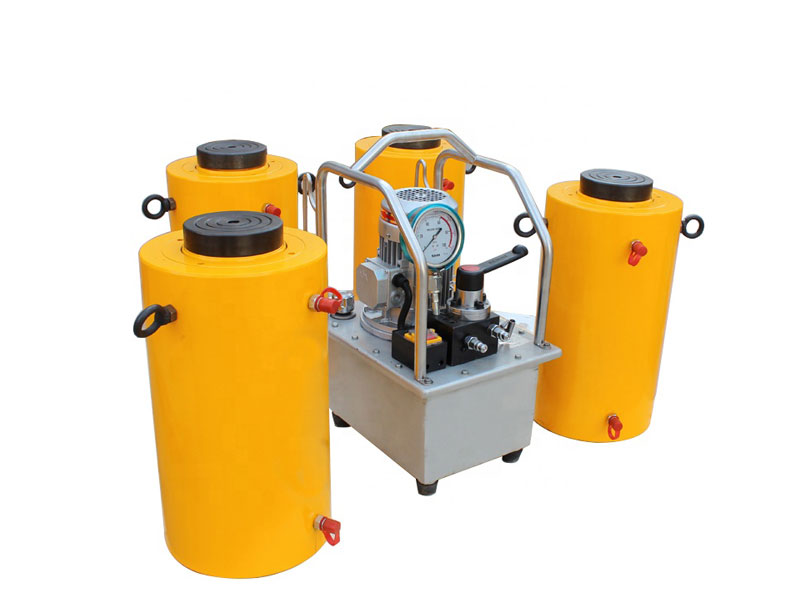
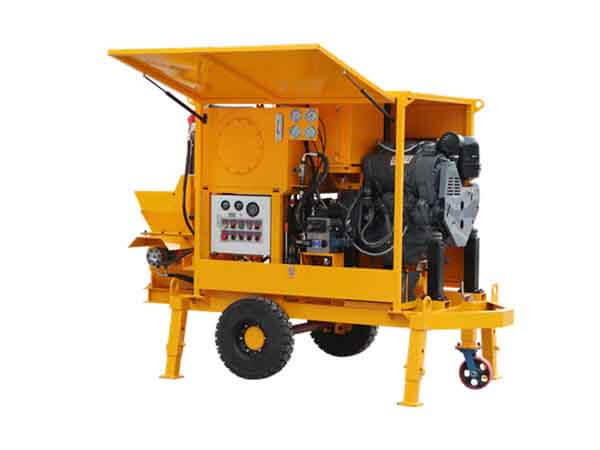
.jpg)

